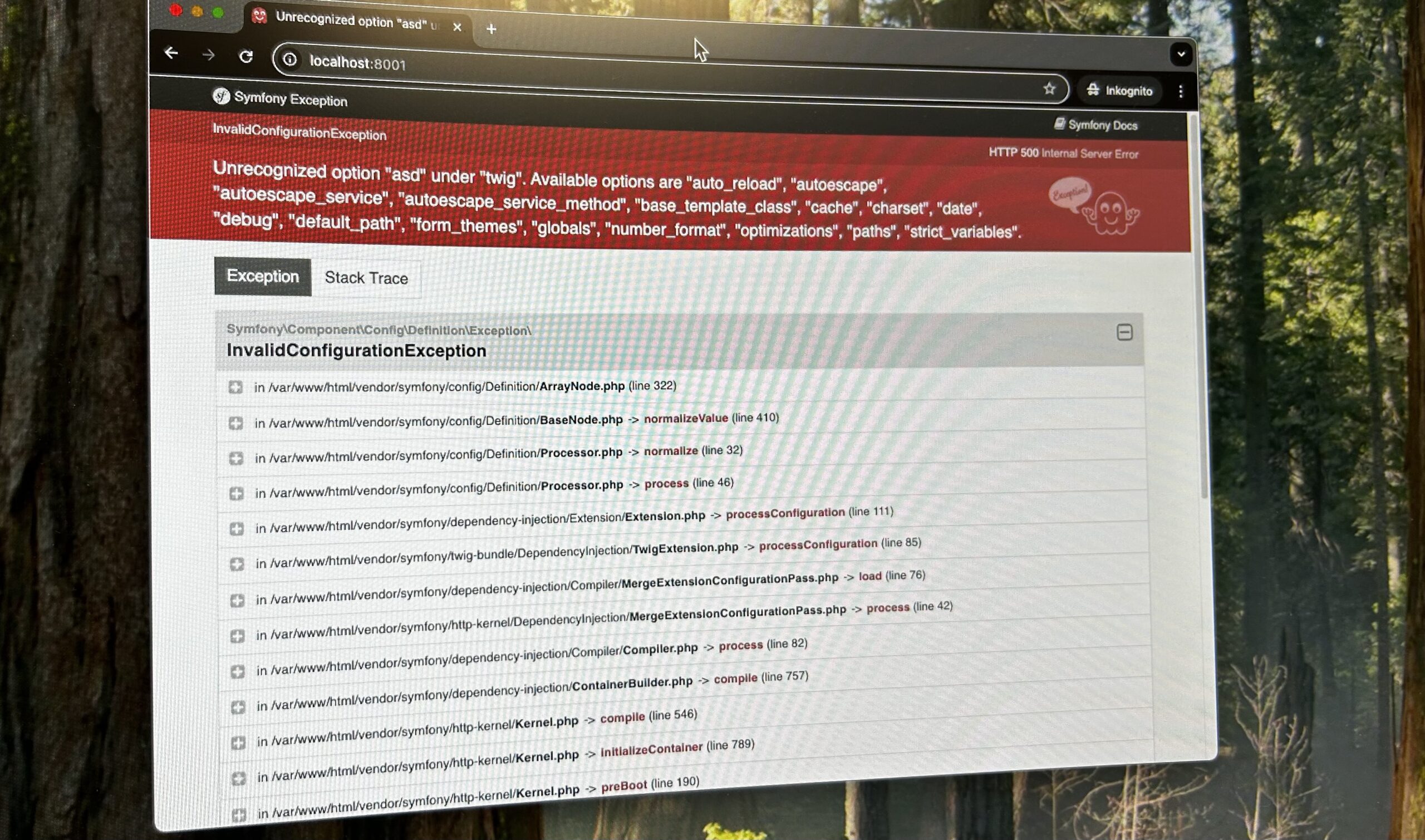Inhalt
ToggleI found a crown!
3-2-1 — the best practice for backups
As I already mentioned in my weekly review for week 12/24, the month of March was dominated by the topic of “database security.”
When it comes to securing data, you can come up with all sorts of concepts. And honestly: in all the years I have been working full-time as a software developer and managing servers, I have seen the most adventurous “backup strategies.” What I have also seen is that for most tasks there are so-called best-practice solutions. So, before I conjure up some ideas out of thin air, I prefer to look for best-practice solutions, because they have proven themselves and can be implemented for many situations.
For backups (e.g., database backups), the 3-2-1 rule is considered the best practice for data backup. The 3-2-1 rule states that you should keep the required data at least
– in 3 copies (e.g., live data and 2 backups with the same data state),
– use 2 different types of media (e.g., hard drive and cloud), and
– keep 1 copy offsite (that is, physically separated from the live data).
This 3-2-1 rule for data backup can easily be implemented with 2 MySQL servers (or MariaDB servers) and an external storage solution (e.g., a Hetzner StorageBox). I will cover the technical details in a separate article.
How to recreate the New York Times website with WordPress—in under 30 minutes
Through the so-called Gutenberg editor, WordPress has made a quantum leap in full-site editing. By now, I am so used to working with the Gutenberg editor that I can hardly imagine how anyone could create an attractive blog post without it.
This month, I came across an interesting and fascinating video that demonstrates the possibilities of the Gutenberg editor: “Re-Creating The New York Times Website with WordPress” (or in German: “Wie man die Website der New York Times nachbaut – mit WordPress”).
My number of the month: 70
A few days ago, I took a look at the directory on my computer containing all of my software development projects, and the total number caught my eye: 70! That even surprised me. Of course, not all of these are fully developed, market-ready software products. Some of them are test projects, others are mainly private in nature (for example, my personal document management system “Pridom” with an integrated password and contract manager), while other projects are already live (such as lockport.online or the time tracking and receipt printing tool “die.app Manager”).
I haven’t counted precisely, but roughly half of these projects were developed in Java SE, and the other half in PHP. Accordingly, some are applications that run locally on a computer. These include “die.app Manager,” which I already mentioned above, as well as software used to operate material supply cabinets—locker systems used for dispensing and returning materials. On the other hand, there are a lot of web projects that run in the browser. These include a web app for creating and solving crossword puzzles (a small hobby project that is unfortunately not finished yet), my personal document management system, or WordPress plugins that I developed on behalf of clients.
Looking at these projects, I realized that this is exactly my thing: developing small tools or web projects that are simply useful. Tools that have short development cycles of a few weeks or months. These are also projects with relatively small teams, managed straightforwardly, where you communicate on an equal footing.
I’m always happy to be involved in the development of such projects. Simply send me an email at mail@rene-poepperl.de.
My blog month
In March, I wasn’t particularly active on my websites and blogs. Nevertheless, I managed to publish two blog articles, and on Blogparade.guru – my blog parade directory – a new blog parade was added.



